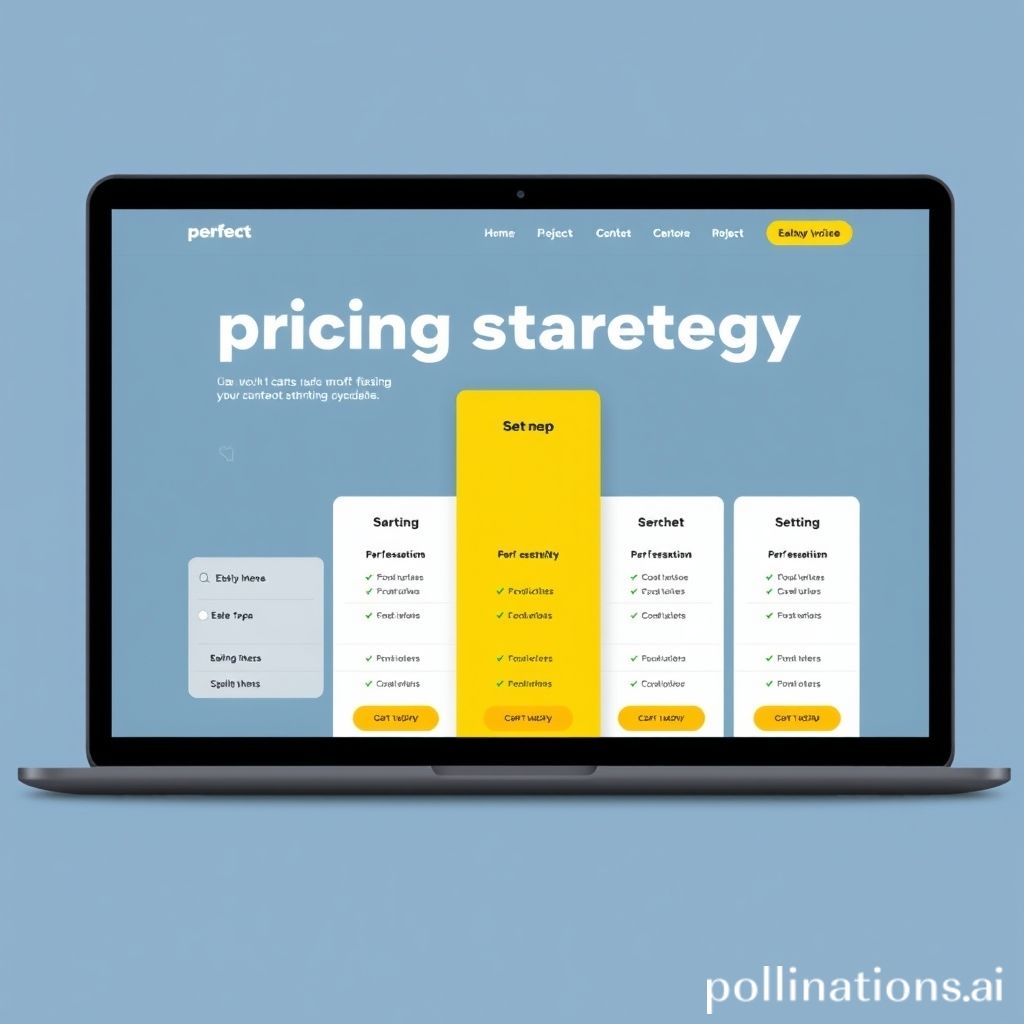Table of Contents
- Introduction
- Understanding the metaphor of ‘jars of clay’ and their significance in the Christian faith
- Exploring the ‘treasure’ within and its implications for believers
- The concept of fragility in human nature and its spiritual meaning
- Perseverance through suffering: Paul’s experiences and contemporary parallels
- The eternal perspective: how focusing on unseen things shapes our lives
- The role of faith in sustaining hope amidst challenges
- Comparing contemporary cultural references that echo the themes of 2 Corinthians 4:7-18
- The ultimate purpose of sharing the treasure within: spreading the gospel
- Conclusion
- Frequently Asked Questions
Introduction
In a world that often magnifies fragility, where the weight of our struggles can feel overwhelming, we often overlook the profound strength that resides within us.
What if the very challenges we face are not merely obstacles, but instead, the catalysts for discovering our divine potential?
As the Scriptures remind us, “But he said to me, ‘My grace is sufficient for you, for my power is perfected in weakness.’ Therefore, I will most gladly boast all the more about my weaknesses, so that Christ’s power may reside in me” (2 Corinthians 12:9 CSB).
This transformative truth invites us to embrace our vulnerabilities, recognizing that they can lead us to an unexpected resilience.
Join us on a journey of self-discovery as we delve into the hidden treasures within our fragile lives, uncovering the divine strength waiting to be unleashed. Together, we will explore stories of transformation, resilience, and unyielding faith that remind us: sometimes, our greatest power lies in our ability to rise from our weakest moments. Prepare to be inspired as we uncover the beauty of strength nourished by grace.
Understanding the metaphor of ‘jars of clay’ and their significance in the Christian faith
The metaphor of ‘jars of clay’ found in 2 Corinthians 4:7-18 holds profound significance in the Christian faith. It illustrates the fragility and imperfection of human beings while simultaneously highlighting the extraordinary treasure of divine grace contained within us. Clay jars are common, inexpensive, and easily broken, symbolizing our mortal and vulnerable nature. This imagery serves to remind believers that it is not their own strength or abilities that carry value, but rather the power of God that works through them.
The treasure within the jars refers to the knowledge and glory of God, revealed through Jesus Christ. This contrast emphasizes that despite our weaknesses, God’s presence and greatness can shine through, transforming mundane lives into vessels for His work. It reassures Christians that their struggles and challenges are part of a larger narrative, showcasing God’s strength in human frailty. Recognizing this can inspire humility and reliance on God, fostering resilience in the face of adversity while encouraging believers to become conduits of hope and light in a world often marked by darkness.
Exploring the ‘treasure’ within and its implications for believers
In 2 Corinthians 4:7-18, the Apostle Paul describes the believers as ‘jars of clay’ that contain a significant treasure— the knowledge and glory of Christ. This metaphor highlights the fragility of human beings while emphasizing the extraordinary value of the divine presence within them.
The ‘treasure’ signifies the transformative power of the gospel, which enriches lives and offers hope amid trials and tribulations. For believers, acknowledging this treasure invites a deeper appreciation of its implications. It serves as a reminder that, despite their weaknesses and imperfections, they hold something truly invaluable that transcends earthly struggles.
This understanding fosters resilience, encouraging individuals to endure hardships with grace, knowing they are supported by a greater purpose. Furthermore, it inspires believers to share this treasure with others, not only through words but through actions that reflect Christ’s love. Ultimately, exploring the ‘treasure’ within calls Christians to a life marked by humility, service, and an unwavering focus on eternal glory rather than temporary afflictions.
The concept of fragility in human nature and its spiritual meaning
The concept of fragility in human nature is poignantly captured in 2 Corinthians 4:7-18, where Paul refers to the ‘treasure in jars of clay.’ This metaphor highlights the delicate and transient nature of human existence. Just as clay jars are easily broken, human beings are inherently fragile, subject to limitations, suffering, and mortality.
This fragility serves a deeper spiritual meaning; it is through our vulnerabilities that the divine light can shine. In recognizing our weaknesses, we may find strength in our faith and a reliance on a higher power, ultimately leading to greater spiritual resilience. The beauty of this concept lies in the paradox that what is perceived as weakness can become a vessel for strength and hope.
Furthermore, this fragility encourages humility, prompting individuals to seek connection and support within their communities. It invites a reflection on the shared human experience of struggle while emphasizing the importance of relying on spiritual truths to navigate life’s challenges. Embracing our fragility allows us to appreciate the greater treasure we hold within, fostering a profound understanding of our purpose and existence.
Perseverance through suffering: Paul’s experiences and contemporary parallels
In 2 Corinthians 4:7-18, Paul illustrates the concept of perseverance through suffering by connecting his own experiences with the greater purpose of bearing witness to the gospel. He describes the hardships he has faced—afflictions, perplexities, and persecution—as part of his commitment to spreading the message of Christ. Despite these challenges, Paul emphasizes that the strength he possesses comes not from himself but from the divine treasure within, symbolized by ‘jars of clay.’ This imagery reflects human fragility and vulnerability, yet it underscores the power of God shining through weakness.
In contemporary times, many individuals face various forms of suffering, whether physical, emotional, or spiritual. Like Paul, they often endure trials that test their faith and resilience. The parallels drawn from Paul’s experiences remind us that suffering can lead to personal growth and deeper faith. Just as Paul persevered, modern believers are encouraged to find hope and purpose in their struggles, recognizing that their tribulations can serve a greater good. This message continues to resonate today, offering encouragement and strength in the face of life’s challenges.
The eternal perspective: how focusing on unseen things shapes our lives
The concept of focusing on unseen things, as described in 2 Corinthians 4:7-18, invites us to adopt an eternal perspective that profoundly shapes our lives. Acknowledging that our present circumstances are temporary allows us to prioritize what truly matters—our relationship with God and the spiritual treasures He provides.
When we set our sights on the eternal, we begin to see life through a different lens. This shift can alleviate the burdens of everyday challenges, fostering resilience in the face of trials. The apostle Paul emphasizes that outward appearances and tribulations are fleeting compared to the weight of eternal glory, encouraging believers to look beyond the physical realm.
As we cultivate this mindset, we experience a transformation in our values and actions, often leading us to seek out meaningful connections and experiences rather than material possessions. In this way, understanding and focusing on the unseen not only shapes our inner lives but also influences how we engage with the world around us, shining light amidst darkness and hardship.
The role of faith in sustaining hope amidst challenges
The role of faith in sustaining hope amidst challenges is profoundly illustrated in 2 Corinthians 4:7-18, where believers are portrayed as ‘jars of clay.’ This imagery signifies human fragility and vulnerability, yet within these vessels lies a treasure—a robust faith that empowers individuals to confront struggles with resilience.
In times of adversity, faith acts as a stabilizing force, grounding believers in their trust in God’s promises. It cultivates an inner strength that helps individuals navigate through hardship, reminding them of the eternal hope that transcends present sufferings.
This sense of hope is not merely wishful thinking; it is rooted in the conviction that God is actively involved in their lives. The steadfastness of faith enables individuals to look beyond their immediate trials, fostering perseverance and encouraging a perspective that values spiritual growth over temporal discomfort.
Ultimately, faith illuminates the path forward and empowers believers to endure challenges, instilling hope that is resilient in the face of life’s uncertainties.
Comparing contemporary cultural references that echo the themes of 2 Corinthians 4:7-18
In 2 Corinthians 4:7-18, the Apostle Paul emphasizes the idea of fragile human existence, using the metaphor of ‘treasure in jars of clay’ to illustrate the contrast between divine glory and human frailty. This theme resonates strongly in contemporary culture, where several artistic and literary works explore similar concepts.
For example, in popular music, songs often delve into the struggles of maintaining faith and hope amidst life’s adversities, echoing Paul’s message of resilience despite overwhelming challenges.
Films such as ‘The Pursuit of Happyness’ showcase individuals facing immense difficulties yet finding strength and purpose, highlighting the tension between external hardships and internal perseverance.
Moreover, social media platforms frequently present curated glimpses of lives that appear flawless, juxtaposed with the reality of personal struggles, inviting reflections on authenticity and vulnerability.
Moreover, contemporary literature often highlights themes of inner strength emerging from trials, linking back to the idea of carrying valuable treasures within imperfect vessels.
These cultural references illustrate how the timeless messages found in biblical texts continue to resonate powerfully today, reminding us of the beauty that can emerge from life’s challenges.
The ultimate purpose of sharing the treasure within: spreading the gospel
The ultimate purpose of sharing the treasure within, as described in 2 Corinthians 4:7-18, is to spread the gospel of Jesus Christ. This passage emphasizes that believers carry an extraordinary treasure—the message of salvation—within ordinary vessels, symbolizing human frailty and imperfection. By acknowledging our weaknesses, we highlight the strength and glory of God’s work in our lives.
When Christians share their faith, they participate in a divine mission to communicate hope, love, and redemption to a world in need. This act of sharing is not merely an obligation; it is a powerful testimony of God’s transformative grace.
The treasure within believers becomes evident through their actions, words, and the way they navigate challenges. As they exhibit resilience in adversity, they reflect the light of Christ, drawing others towards the truth of the gospel.
Ultimately, sharing the treasure is about inviting others into a relationship with God, encouraging them to experience the same hope and salvation that has been received. This mission deepens the community of faith, fostering unity and purpose among believers.
Conclusion
In the journey of life, we often encounter moments of fragility and trials that test our strength and faith. However, as we have explored the significance of being ‘jars of clay,’ it is vital to remember that within our fragile nature lies a divine treasure that offers hope and purpose. You are never alone in your struggles; Christ walks beside you, ready to uplift and support you through every hardship. His arms are always extended toward you, inviting you to lean on Him for strength and reassurance.
As you reflect on this message, I encourage you to ask yourself: ‘What is God saying to you?’ More importantly, consider: ‘What are you going to do about it?’ These questions can lead you towards a deeper understanding of your faith and a stronger commitment to sharing the hope you possess. Embrace the treasure within you and let it shine through your actions, knowing that you are a vessel of God’s love in a world that so desperately needs it.














